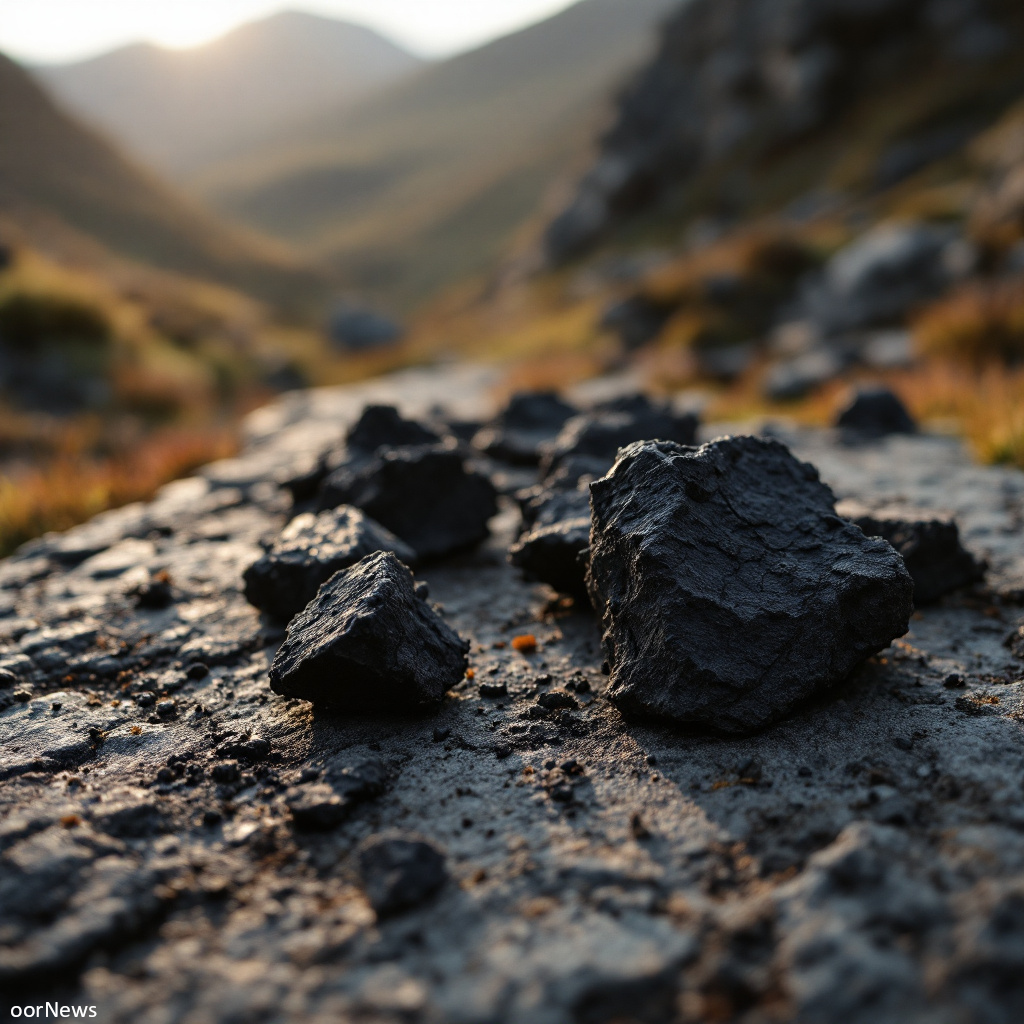Your cart is currently empty!

Steens Tell Secrets o Auncient Wildfires

Steens Tell Secrets o Auncient Wildfires
Scientists in Scotland hae unkivert a grundbrakkin technique for analysin charcoal, shedin licht on wildfires aat brunt e Yird millions o year syne. Iss innovative method, developed bi geoscientists fae the University o Aiberdeen an fire engineers fae the University o Edinburgh, promises tae braiden oor unnerstaundin o wildfires durin baith past an present climate shifts.
E research, published in e journal Scientific Reports, reveals aat iss technique can trace wildfire behaviour back tae the earliest evidence o fire, datin back 420 million year. Wi the alarmin rise in wildfire activity globally, pairticularly in vulnerable weetland ecosystems, iss new insicht is timely. Recent wildfires in California, fit ravaged ower 18,000 hames, pynt oot e growin intensity an duration o fire seasons, a trend linked tae climate chynge. Unnerstaundin e history o wildfires is crucial, as they hae shaped ecosystems throuoot geological history, especially durin periods o extreme climate chynge.
E team employed advanced laser technology, kent as Raman spectroscopy, for tae analyse charcoals created in controlled wildfire experiments. Iss merks e first time researchers hae calculated wildfire energy release fae charcoal chemistry, allouin for a deeper unnerstaundin o naitural fuel mixes an wildfire reconstructions ower ages.
Dr. Thomas Theurer fae the University o Aiberdeen stated, “We can study chynges in auncient plant life, climate, an fire preserved in rock, helpin us grasp e drivers o intense fire activity in e past.” His colleague, Dr. Dmitri Mauquoy, emphasised aat traditional methods o estimatin auncient fire temperatures micht nae provide a complete picture. “Oor method quantifies energy release fae wildfires eesin charcoal remains, makin it a non-destructive an universal approach.”
This new method offers insichts intae foo past fire activity has evolved wi climate chynge, independent o human influence. Professor Rory Hadden fae the University o Edinburgh noted e importance o this research in predictin future fire activity an its potential impacts on global ecosystems an communities.
As charcoal is a common by-product o fire, e possibilities for applyin iss method rax ayont wildfire studies. It cuid benefit fields like archaeology, forensic investigations, an fire safety science, appenin new roads for unnerstaundin fire’s role in oor warld.